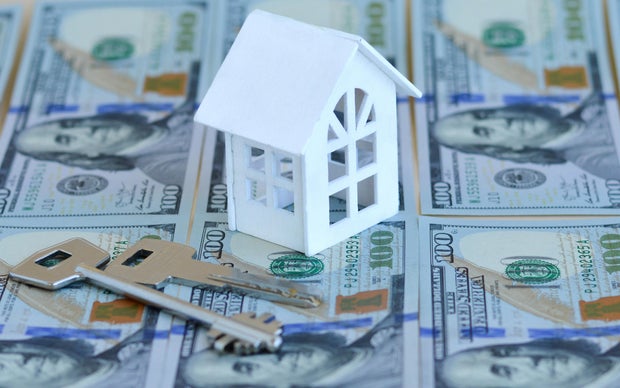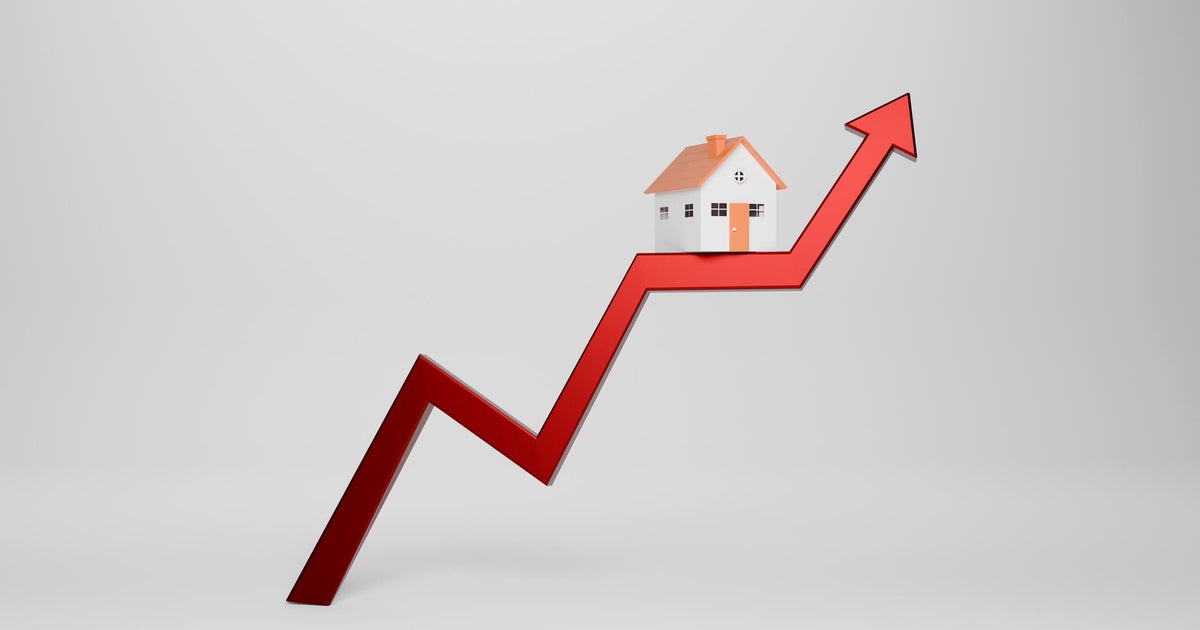How to build home equity
If you're looking for extra cash to combat higher inflation and rising interest rates, you might consider tapping into your home equity. But what if you don't have much home equity yet and you want to build more for the future?
While building home equity can cost money, such as by paying down your mortgage, having more equity can help you gain financial flexibility down the line. In some cases, you can even quickly gain equity, such as by making home improvements that add value to your home.
Once the equity has been built you can then access it to pay for major expenses via a home equity line of credit (HELOC) or a home equity loan.
You can easily explore your home equity loan options online now to see how much you're eligible to receive.
How to build home equity
Specifically, some of the top ways to build home equity include:
Make a large down payment
The larger your down payment, the more equity you have on a 1:1 basis. For example, if you put $50,000 down on a $500,000 home, that would mean you have 10% equity off the bat. But if you were able to put $100,000 down, that would give you 20%.
By making a down payment of at least 20%, you can generally avoid having to pay private mortgage insurance (PMI). So, while you might initially reduce your free cash by putting more money down, avoiding PMI payments can save you money, which over time could be put toward building more equity.
Improve your home's value
Your equity is also based on the appraised value of your home. So, while you might initially have 20% equity in your home after making your down payment, you could potentially raise that by making home improvements that make your home more valuable.
For example, adding new kitchen appliances, redoing floors, painting, and other types of projects can make your home worth more money.
While there can be initial costs in making home repairs or renovations, you might be able to recoup most of that money, if not gain a positive return, by way of adding to your home's equity. Meanwhile, you get to enjoy these improvements, like living in a home with an upgraded kitchen.
Increase mortgage payments
Another way to build home equity is to increase your mortgage payments, whether that means making payments more frequently or making each one larger. Paying more money might seem like an odd approach, but by doing so, you can build equity faster.
Depending on your mortgage terms, some lenders might charge a prepayment penalty or extra fees for paying down your mortgage outside of the initial schedule. But many lenders do allow for extra payments, so it could be worth looking into.
If you do increase your mortgage payments, you might check with your lender if you can make principal-only payments so that you can directly build more equity.
But even if you have to make payments that get split between your principal and interest, which can vary based on your amortization schedule, that can still help build equity. Meanwhile, you can potentially gain a larger tax deduction based on paying more mortgage interest in a given year.
Wait to see if your home appreciates
While there are no guarantees when it comes to real estate prices, ideally your home would appreciate in value over time. So, if you're patient, you might find that your home's appraised value goes up, without you having to pay for home improvements, based on factors like a new development in your neighborhood that attracts buyer demand.
If that happens, your home equity could go up, which in turn could give you the financial flexibility to borrow more money for things like home improvements, which, again, can circle back to increasing your equity.
That said, home prices can also drop, so you might not want to assume that all equity gains from home price appreciation are yours to keep.
Accessing your home equity
As you build up your home equity, you might later access this money for things like paying off high-interest debt or finding other investment opportunities. Two popular ways to access home equity include:
A HELOC
A home equity line of credit (HELOC) lets you borrow against your home equity via a secured credit line. That means that your home serves as collateral, and you can generally borrow up to 85% of your home's combined loan-to-value (CLTV ratio), though that can vary among lenders.
In other words, your current mortgage plus the HELOC can equal up to 85% of your home's appraised value. So, if you've been paying down your mortgage to build up your home equity, that could give you more money to borrow from via a HELOC.
With a HELOC, you can borrow in varying amounts, rather than taking a loan all at once. HELOCs generally have variable interest rates, and they have separate draw periods and repayment periods.
Explore your HELOC options here and see if it's right for you.
A home equity loan
A home equity loan also lets you borrow against your equity for a CLTV ratio of up to 85% typically, with your home serving as collateral.
But this type of financing differs from a HELOC in the sense that a home equity loan comes as a lump sum loan with a fixed interest rate. They often work similarly to traditional mortgages, and they are typically called second mortgages.
HELOCs and home equity loans can help homeowners access their home equity, often for a lower interest rate than other financing options, like credit cards or personal loans. That said, they can also carry risks, like losing your home to foreclosure if you can't pay back what you borrow.
But if you want to access significant cash, these can be great financing tools for some homeowners. As you build up your home equity, it could be worth exploring these options. Shop around with different lenders to see what makes sense for your financial situation. Use the table below to get started.






